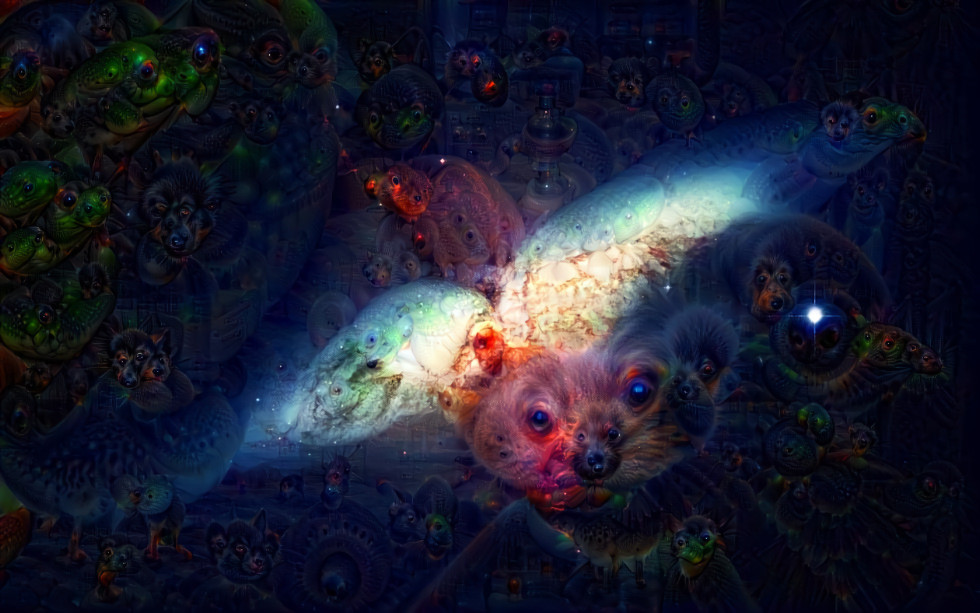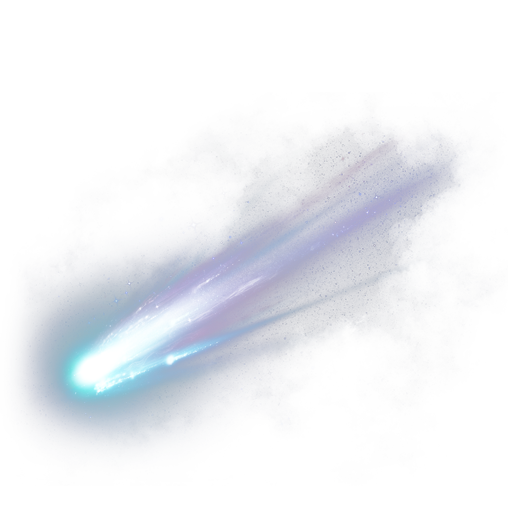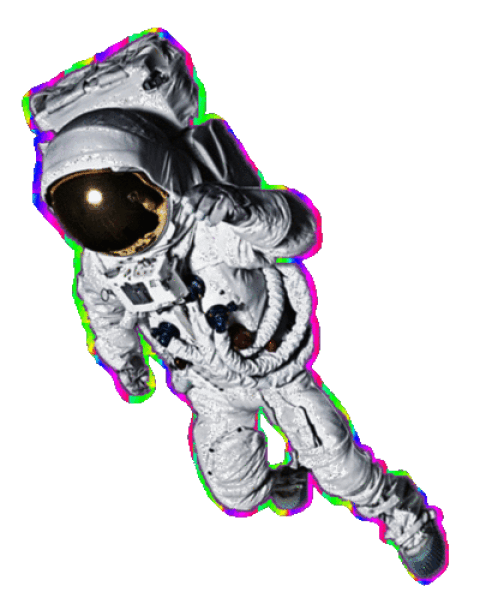The search for the manchurian candidate, page 121
by John D. Marks
former assistant to the Director of the Bureau of Intelligence
CIA officials never meant that the likes of Leary, Kesey, and Ginsberg should be turned on. Yet these men were, and they, along with many of the lesser-known experimental subjects, like Harvard’s Ralph Blum, created the climate whereby LSD escaped the government’s control and became available by the early sixties on the black market. No one at the Agency apparently foresaw that young Americans would voluntarily take the drug—whether for consciousness expansion or recreational purposes. The MKULTRA experts were mainly on a control trip, and they proved incapable of gaining insight from their own LSD experiences of how others less fixated on making people do their bidding would react to the drug.
It would be an exaggeration to put all the blame on—or give all the credit to—the CIA for the spread of LSD. One cannot forget the nature of the times, the Vietnam War, the breakdown in authority, and the wide availability of other drugs, especially marijuana. But the fact remains that LSD was one of the catalysts of the traumatic upheavals of the 1960s. No one could enter the world of psychedelics without first passing, unawares, through doors opened by the Agency. It would become a supreme irony that the CIA’s enormous search for weapons among drugs—fueled by the hope that spies could, like Dr. Frankenstein, control life with genius and machines—would wind up helping to create the wandering, uncontrollable minds of the counterculture.





